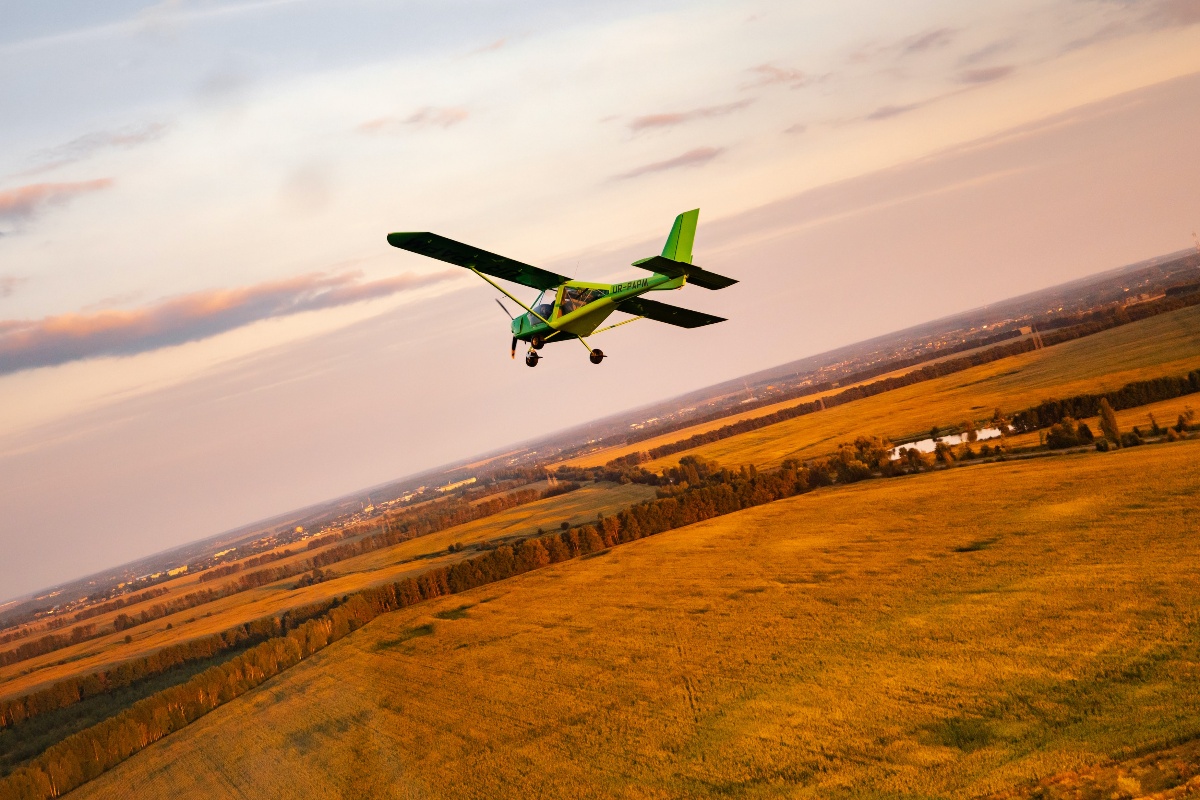A Beginner’s Guide to the FAA WINGS Program
Every pilot — from student pilots to commercial pilots — can benefit from the free resources offered by the Federal Aviation Administration’s WINGS program. This voluntary program provides opportunities to take free aviation training courses and earn certificates on an ongoing basis. The range of topics covered by the WINGS program is broad and caters to every type of aviator, including fixed-wing, rotorcraft, glider, balloon, and drone pilots.
WINGS courses can supplement your ground training, help you prepare for knowledge tests and checkrides, and provide refresher training long after you earn your certificates or ratings. Beyond the education and proficiency you will gain through the WINGS program, there are several additional reasons to participate:
- Completion of any phase of the WINGS program counts as a Flight Review;
- You can receive pilot insurance discounts from Avemco;
- The FAA may consider WINGS participation as a positive factor in a pilot enforcement action (more on this below);
- You will be eligible for the Paul and Fran Burger WINGS Sweepstakes.
What's the goal of the WINGS program?
The FAA WINGS program aims to reduce the number of accidents in general aviation (GA). The program provides educational opportunities to improve how you assess and manage risk in and out of the flight deck. There are three levels of WINGS.
- Basic WINGS (Private Pilot standards)
- Advanced WINGS (Commercial Pilot standards)
- Master WINGS (ATP and/or CFI standards)
Each level requires that you complete three Knowledge credits and three Flight credits. If you complete a phase of the WINGS program, you satisfy your requirement for a Flight Review.
Who can use the FAA WINGS program?
You can (and should) use WINGS educational resources at all stages of your flight training. Whether you are a pre-solo student pilot, a veteran Airline Transport Pilot (ATP), or at any stage in-between, the FAA WINGS program is available to you on an ongoing basis.
You can take courses at the certificate level you hold or a lower level you choose to exercise. For example, an airline pilot who has not been in a small aircraft for more than 20 years may choose to take courses at the Private Pilot level of the WINGS program.
Related Content: What Does a Proficient Pilot Look Like?
What subjects do WINGS courses cover?
The WINGS program chooses courses to fit specific content categories, but you can customize the ones you take to suit your experience, typical flight missions, and interests. The Basic level of WINGS covers Aeronautical Decision Making (Knowledge Topic 1), Performance and Limitations (Knowledge Topic 2), and Preflight Planning, Risk Management, and Fuel Management (Knowledge Topic 3).
Advanced and Master Levels of WINGS both cover Preflight Planning and “Other Factors,” the latter of which focuses on the primary and additional accident causal factors identified by the FAA.
Primary accident causal factors
- Basic Flying Skills
- Human Factors
- Human FactorsTakeoffs, Launches, Landings, & Go-Arounds
- Weather, including VFR into IMC
Additional accident causal factors
- Aerial Application
- Aeromedical Factors
- Aviation Security
- Controlled Flight Into Terrain (CFIT)
- Checklist Usage
- Collision Avoidance
- Cross Country Flight Planning, including Pilotage, Dead Reckoning, Navigation Systems, or Charts
- Density Altitude Operations
- Emergency Training, including Egress Training and Land & Water Survival
- Exchange of Flight Controls
- High Altitude Operations
- Land and Hold Short Operations
- Maintenance and/or Airworthiness Related Issues
- Regulations
- Runway Incursion Avoidance
- Special Use Airspace
- Stall/Spin Awareness
- Temporary Flight Restrictions
- Wake Turbulence Avoidance
- Wire Strike Avoidance
Related Content: The Three Underlying Causes of General Aviation Accidents
How do you complete the WINGS program?
The knowledge component of the WINGS program includes in-person and online courses and seminars that you can take by yourself. Many of these can be completed online through FAASafety.gov. Several courses offered by online ground schools like Sporty’s, King Schools, and Gleim are eligible for WINGS credit.
Unlike the knowledge activities, you must complete the flight activities with a flight instructor. Since not all flight schools or flight instructors use the WINGS program, the FAA created the QUICK WINGS tool. It generates a print-friendly checklist for you to bring to your instructor for completion, similar to a logbook endorsement. Flight instructors can validate the completion of flight activities in the instructor portal. Learn more at the WINGS page here.
Basic WINGS courses to get you started
If you are not sure where to start, select one course for each Knowledge Topic. The following is a sample of courses you could take, but there are many more to choose from and options are frequently updated.
Knowledge Topic 1 courses - Aeronautical Decision Making
- The Art of Aeronautical Decision-Making - ALC-28
- Do the Right Thing: Decision Making for Pilots ALC-82
- Cloudy Skies - Clear Judgment - ALC-566
Knowledge Topic 2 courses - Performance and Limitations
- Avoiding Loss of Control - ALC-214
- Conducting Preflight Self-Briefings for Student and VFR Pilots - ALC-683
- Accident Causal Factors Series - Stabilized Approaches - ALC-413
Knowledge Topic 3 courses - Preflight Planning, Risk Management, and Fuel Management
- Airspace Made Easy - ALC-586
- Aircraft Performance – Thinking Beyond the Numbers - ALC-585
- Medical Self Assessment: A Pilot's Guide To Flying Healthy - ALC-406
.jpg?width=600&name=chris-leipelt-ioNwCAkXob4-unsplash%20(1).jpg)
How long do WINGS credits last?
Your pilot certificate may not expire, but your WINGS credits do expire. Through the WINGS program, the FAA emphasizes that reviewing and refreshing your aviation knowledge is just as important as flying your airplane. The program encourages constant recurrent training by expiring credits one year after completion. So, if you have an activity about to expire, you will need to replace it to keep your WINGS status current.
WINGS participation is looked upon favorably by the FAA
When investigating possible enforcement actions, such as suspension or revocation, the FAA has started considering evidence of an apparent violator’s attitude. An FAA Memo addressing FAA Compliance and Enforcement Programs stated that evidence of a constructive attitude might include documentation of participation in the pilot proficiency award program (WINGS).
How to sign up for WINGS
You can learn more about the WINGS—Pilot Proficiency Program in FAA Advisory Circular AC 61-91J, or the WINGS User Guide. To participate in the WINGS program, go to FAASafety.gov and click “create an account.”
Share this
You May Also Like
These Related Articles

The Three Underlying Causes of General Aviation Accidents

From Flight Training Faux Pas to Pilot Error
-1.jpg)
